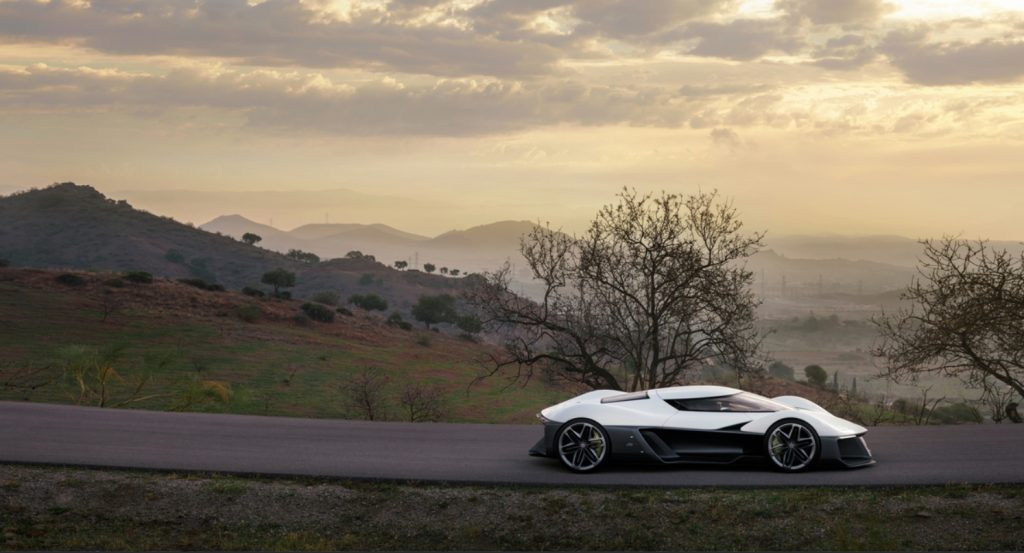by Peter Robinson – – –
The first in a raft of Corvette concept cars due to be unveiled this year has been revealed at the official opening of GM’s new UK advanced design studio.
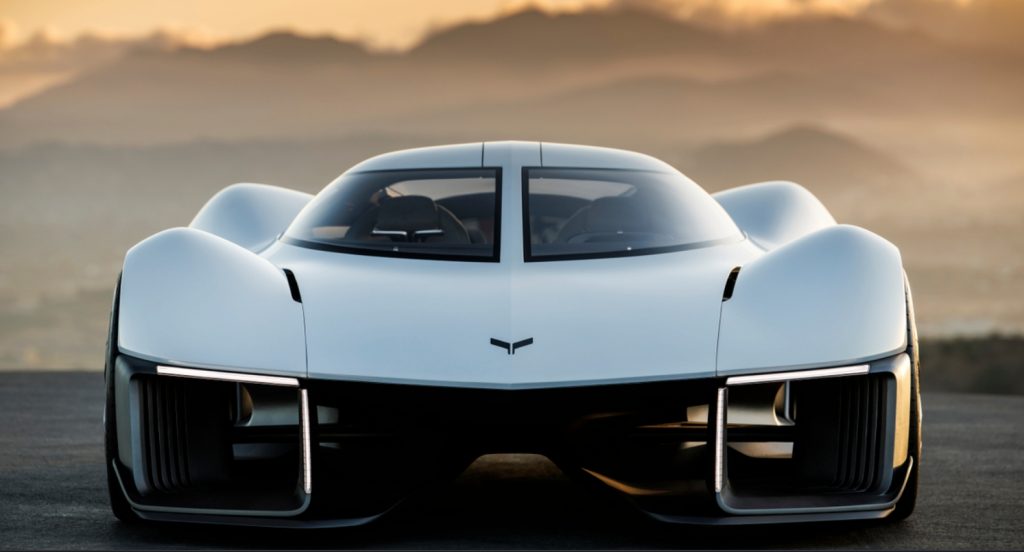
GM admits, “there is no production intention behind this concept”, and says the UK Design team undertook the exercise to rethink what a Corvette could be with a true blank-page approach.
“As part of the Corvette creative study, we asked multiple studios to develop hypercar concepts, which we’ll see more of later this year,” says Australian Michael Simcoe, GM’s head of design. “It was important that they all pay homage to Corvette’s historic DNA, but each studio brought their own unique creative interpretation to the project. That is exactly what our advanced design studio network is intended to do – push the envelope, challenge convention and imagine what could be.”
On a global tour of GM’s advanced studios – Warren, Michigan; Pasadena, California; Leamington Spa, UK; and Shanghai in China – in July last year, I was shown the Corvette (and the GMC concept that’s to be made public later in the year), but was not allowed to photograph the car. (https://motorheritage.org.au/gms-studios/)
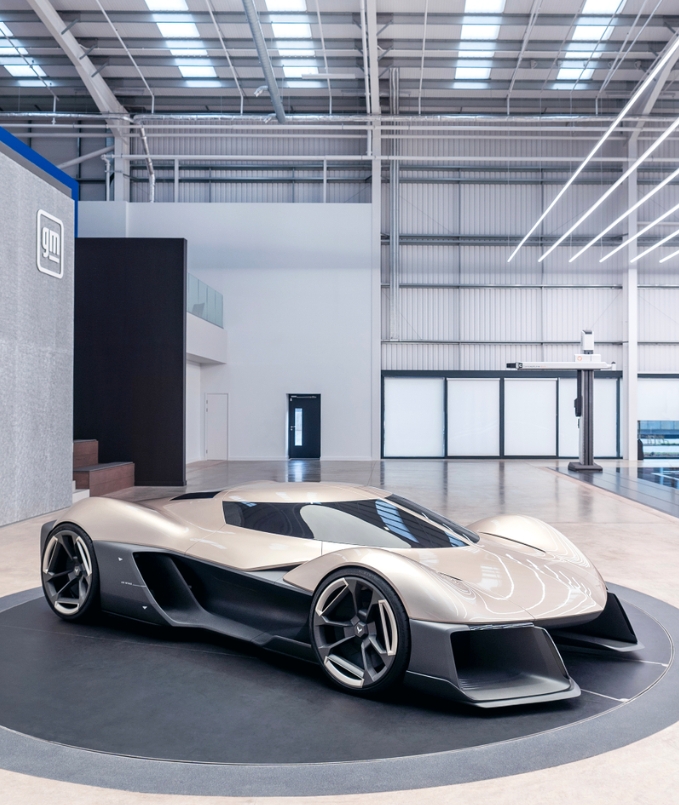
This clean yet dramatic concept Corvette is part of a global design project involving multiple studios that will see additional Corvette concepts revealed throughout 2025.
The UK studio, led by Julian Thomson, former head of Jaguar design, measures 24,584-square-feet and employs more than 30 designers and creatives, is setup for both digital and physical clay model development.
Michael Simcoe (below), senior VP of global design. “While they collaborate within our global design network on production and concept vehicle programs, these teams are primarily tasked with imagining what mobility could look like five, 10 and even 20 years into the future and driving innovation for GM.”
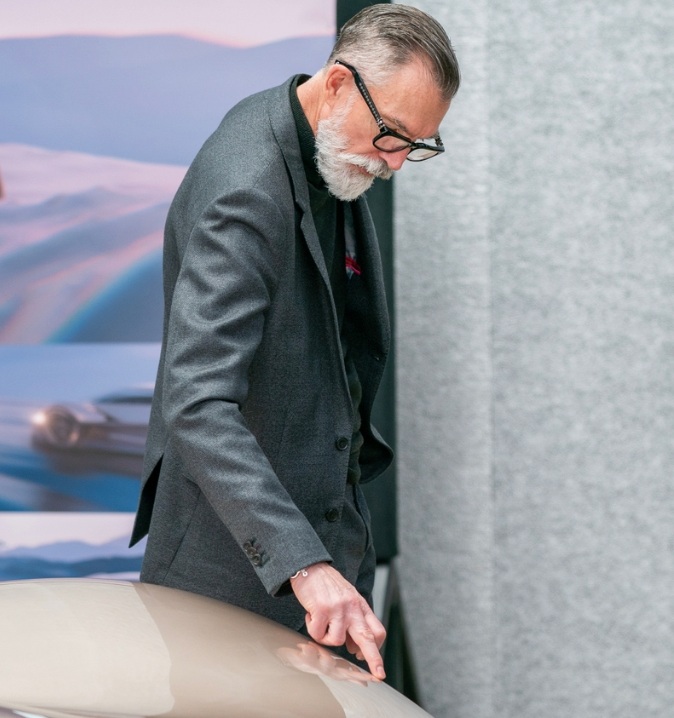
Thomson says one of the most unusual and significant aspects of our concept’s design is a feature known as Apex Vision with wrap around glass. It’s a nod to Corvette’s centreline focus, inspired by the split window 1963 Chevrolet Corvette Stingray, and emphasizes a central spine that is also a structural element.”
The exterior design features a distinctive division between the upper and lower halves of the vehicle. The upper half captures the Corvette’s classic design elements, but in a futuristic manner. The lower half focuses on functional technical design, including EV battery technology embedded into the structure and aerodynamics elements designed to channel air efficiently without the need for wings or spoilers. The concept’s gullwing doors are power-operated.

GM provided no details of the Corvette’s powerplant… it could be an EV or powered by an ICE engine. The pushrod suspension is racecar-inspired, while a low ride height, sculptured underbody and efficient air control and fan assistance are claimed to deliver ground affects.
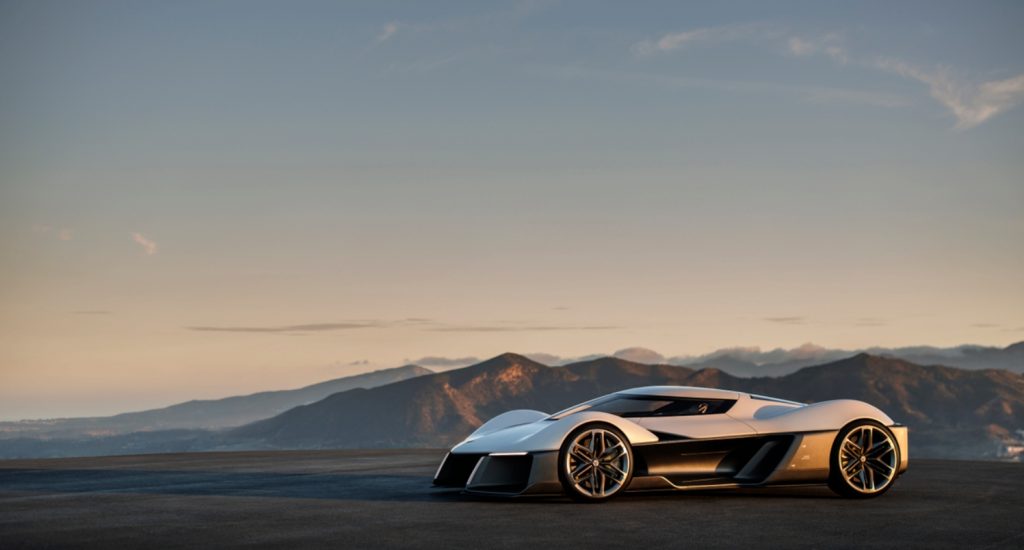
Less easy to understand are the car’s dimensions. The Concept is a staggering and ridiculous 2178mm wide – 245mm wider than the C8 Corvette, and 118mm broader than Ferrari’s new F80 hypercar. Further proof that this is a concept and not a production car and, perhaps, even more a Le Mans racer.
The only other dimensions provided are length 4669, 39mm more than the CV8, height of 1033, 201mm lower than the current production Corvette, and a seat height (H-Point) of only 127mm. No weight was provided.
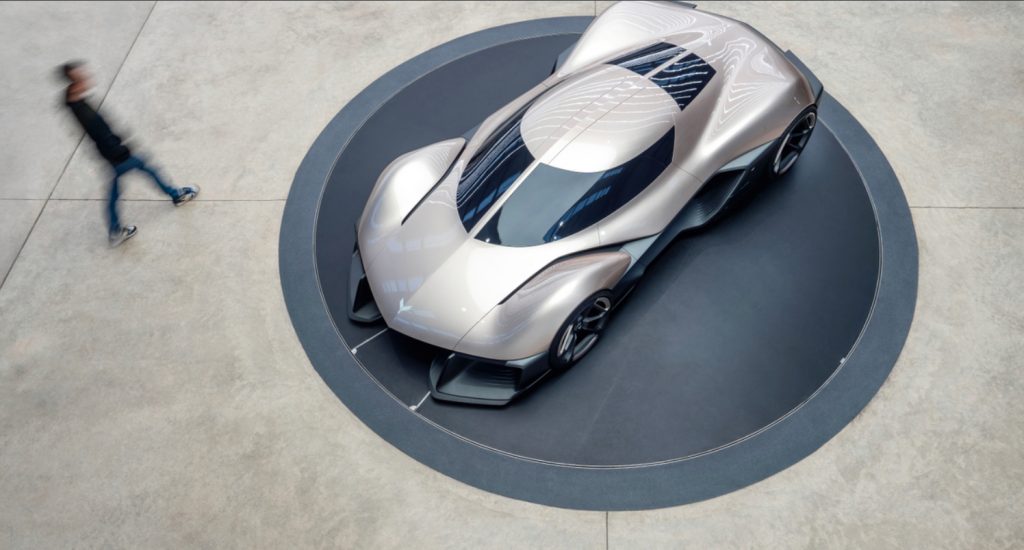
While on my tour last year, I talked to both Thomson and Simcoe about the Corvette concepts. Thomson told me: “The question you need to answer is: are advanced studios there to win projects? Or are you there to influence the mothership? We want to present different ideas, inspire the team and influence.”
“Corvette needs to be a global brand, yet an authentic and proud American brand like Top Gun. Ferrari has gone beyond sports cars and is now a luxury brand.”
I look forward to driving a car we designed,” Thomson claimed.
“We didn’t design a Ferrari or a Porsche and put a Corvette badge on it. We wanted to present a different point of view that didn’t duplicate the American work, not necessarily to win the competition, but to be a positive influence. We wanted to be bold, to make an impression, to present a story telling of what was good about these brands.”
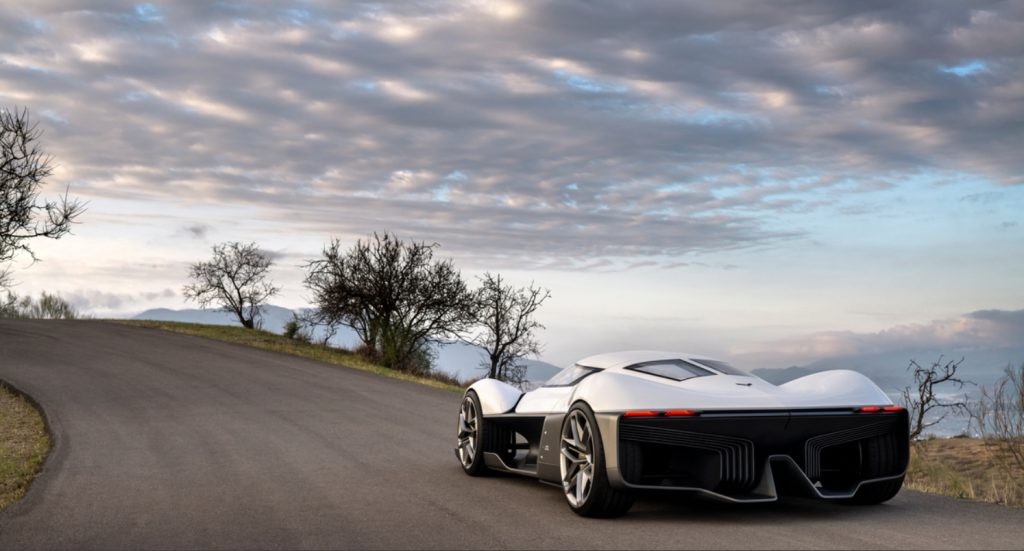
Said Simcoe of the UK Corvette proposal, “It’s influenced what we’ve got here (in Warren), the proportions, but we don’t want Corvette to look like a European car, it’s very important that it remains American. But it tells us how the Europeans see the Corvette, they tell the story from their perspective. How the rest of the world sees what we take for granted. There’s a lot of learnings in the car.”
